I'm trying to have redundancy in part of my design.
I want to use two LDOs in parallel before an OR-controller (specifically, an LM66100-Q1.) One LDO is enough to feed the system, so it will not be overloaded.
If one LDO fails, or one LDO has a short circuit, fuse burns and the other LDO can supply the system.
Does this make sense? Can this work without any problem?
